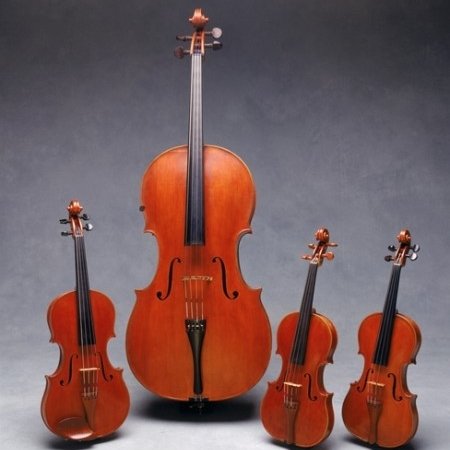
Hawa Kassé Mady Diabaté is a famous griot from Mali. She is the daughter of one of the most famous traditional singers ever. When Diabaté was a child, she used to perform clapping songs with the other girls of her village. When she grew older she wrote these new clapping songs to honor that tradition. In this recording she is singing while her sons play guitars.

In a string quartet, the violins play the highest notes, and the cello plays the lowest notes. The viola plays the notes in the middle. In this recording, the violin is playing the melody, because the highest notes are playing the parts that Diabaté sang.
Listen to this version of the same song played by Musiqa musicians. Can you tell which instrument is playing the melody?
If you guessed the violin, you are right. The violin is playing the melody. Here’s a short video of Musiqa violinist Jackson Guillén performing this melody on his violin.
If you guessed the viola, you are absolutely correct. This song uses less high notes than the other ones, so it’s perfect to have the lower sound of the viola playing the melody. Listen to Musiqa violist Sergein Yap play it in this video.

